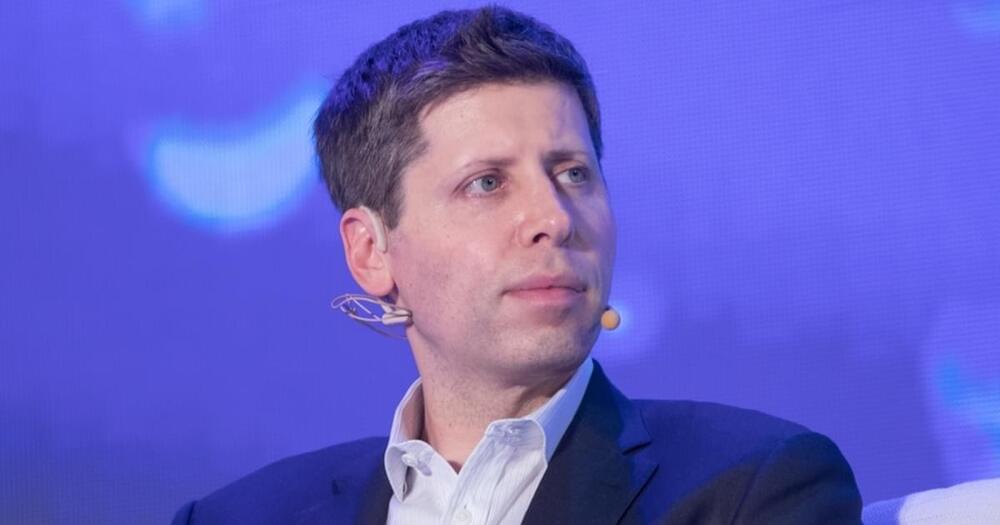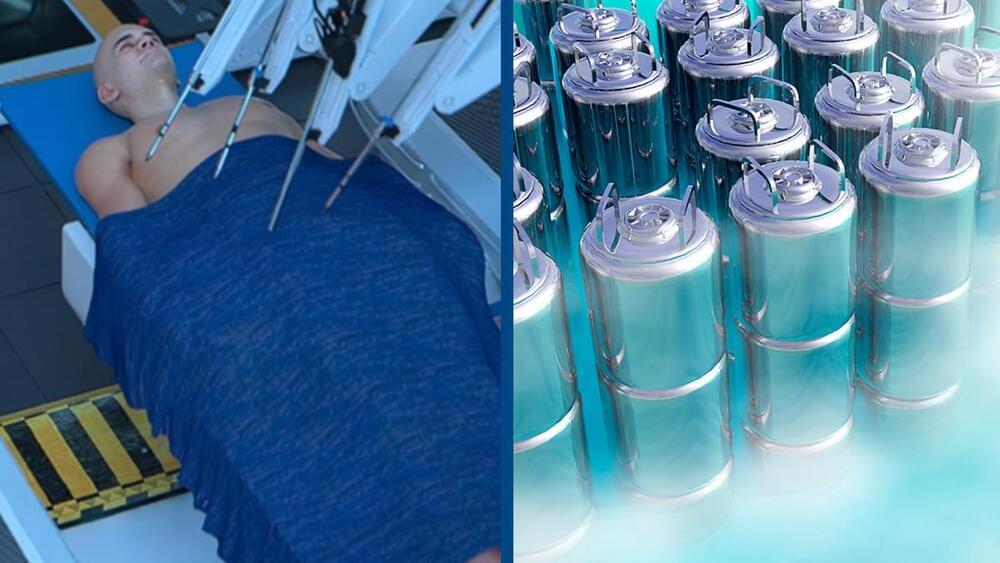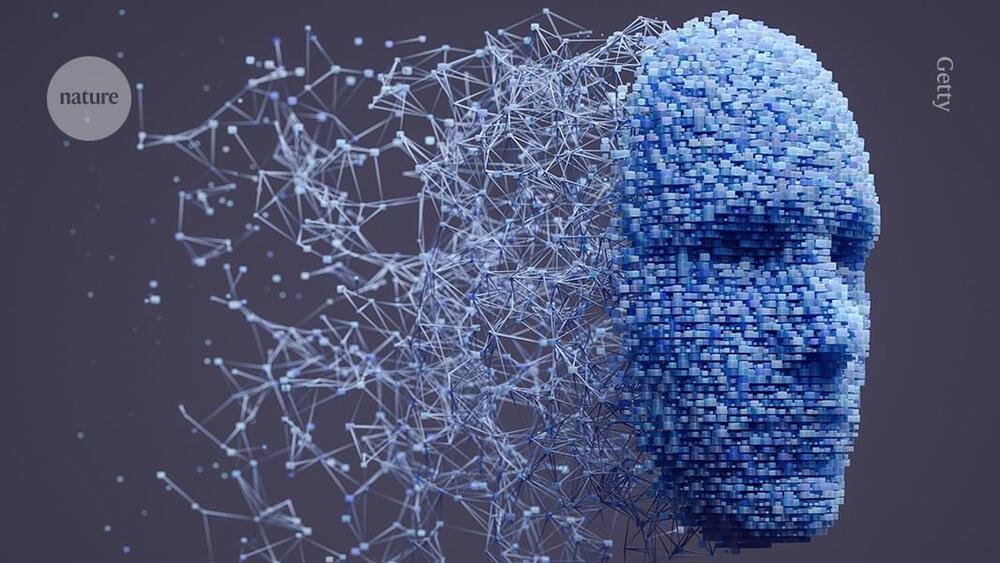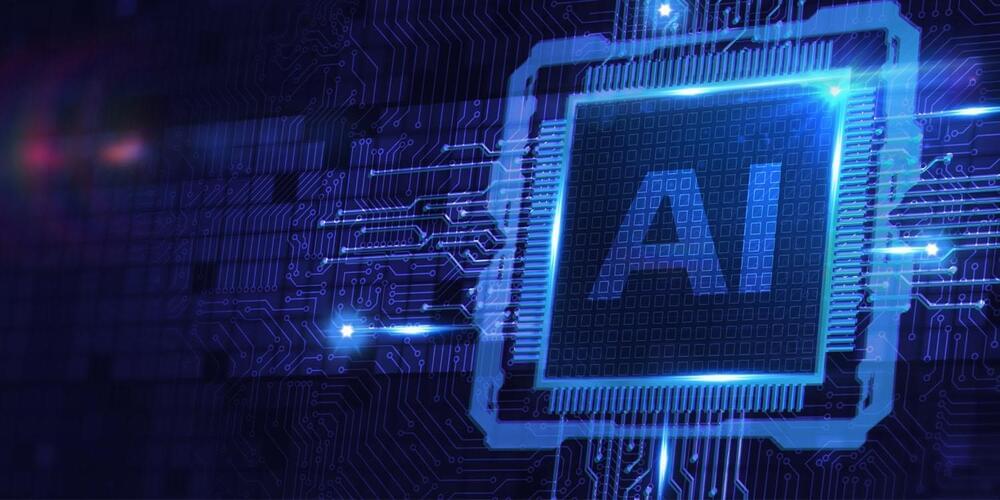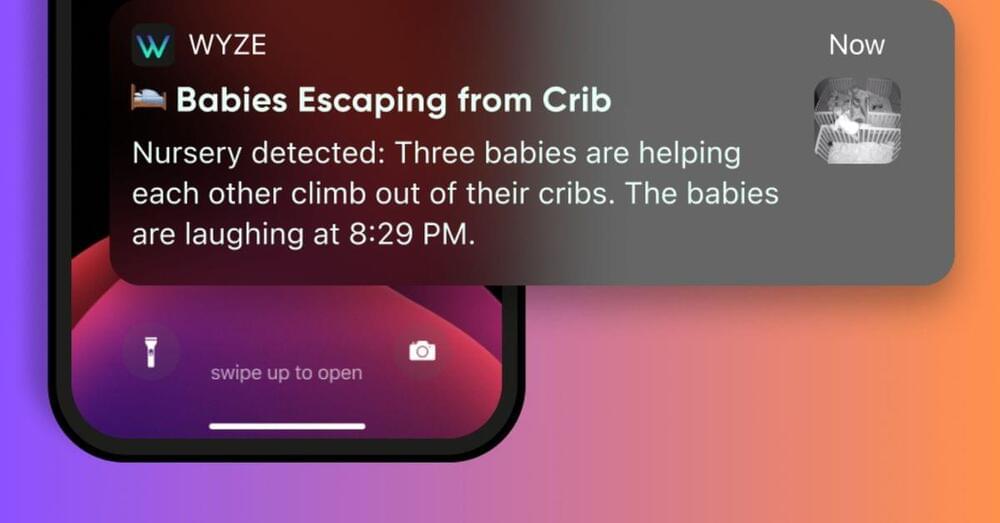
The next generations of AI will not only do more, they’ll also be more rooted in trusted sources of information. This will make them accurate and reliable at a whole new level. By demarcating boundaries and fostering trust, we can create AI companions that are safe, reliable, and deeply integrated into our personal and professional lives; AIs that begin to address those wider societal issues. We have all got used to the idea that AI might help with productivity applications, but we need to realize that, alongside this, AI can be an emotional support as well.
This is not about replacing human relationships. It’s about opening previously unimaginable new spaces and possibilities. It’s about overhauling a broken system of addictive technologies. After another year of AI hype and of increased questions about the direction of innovation, at a time when looking at our emails, our bills, or a news item can deliver an unwanted spike of adrenaline, we need a better vision for what will be the most transformative technology of all. In this context, the AI companion is both a call to action—this is what we need to build—and also a prediction: this is the direction the technology is now decisively taking.
Too many people have gotten stuck in an outdated view of AI. Let’s embrace a future that is at once far more real, and far richer, than the popular narratives suggest. Get AI right and it will be a profound new source of education, support, entertainment, and information. But it will also be something way beyond just a tool—it will be a companion in the fullest sense.


